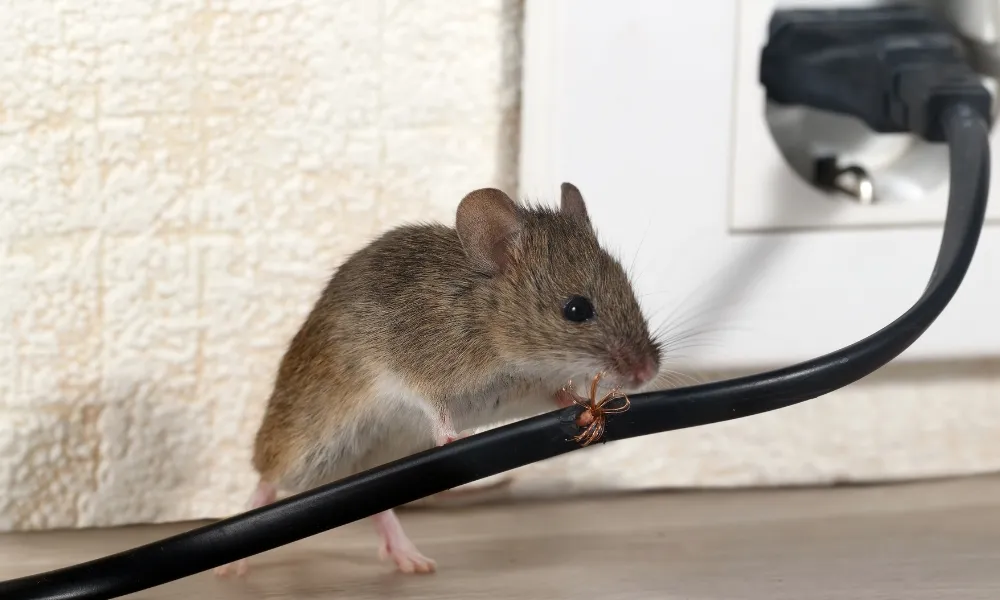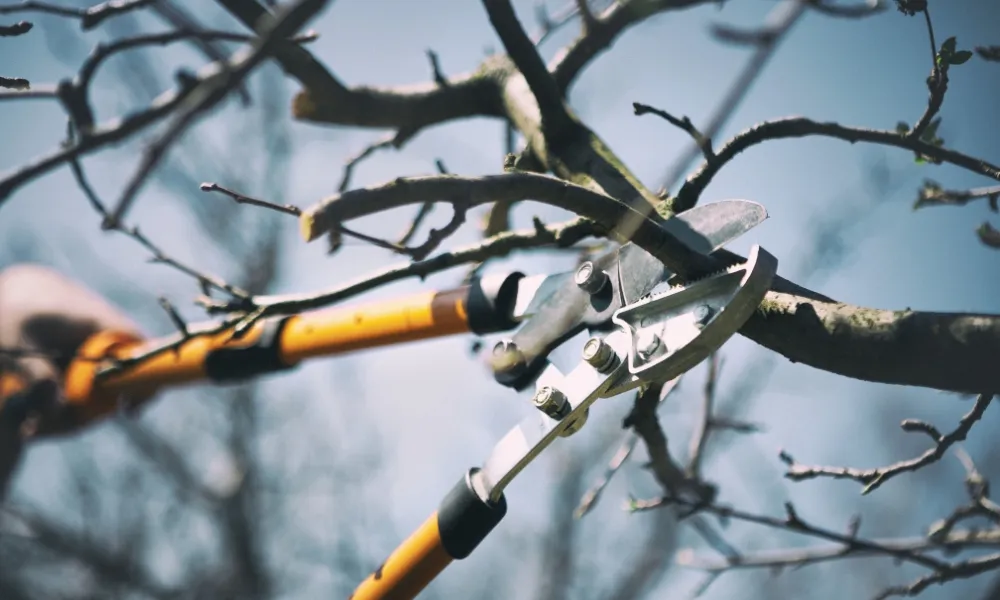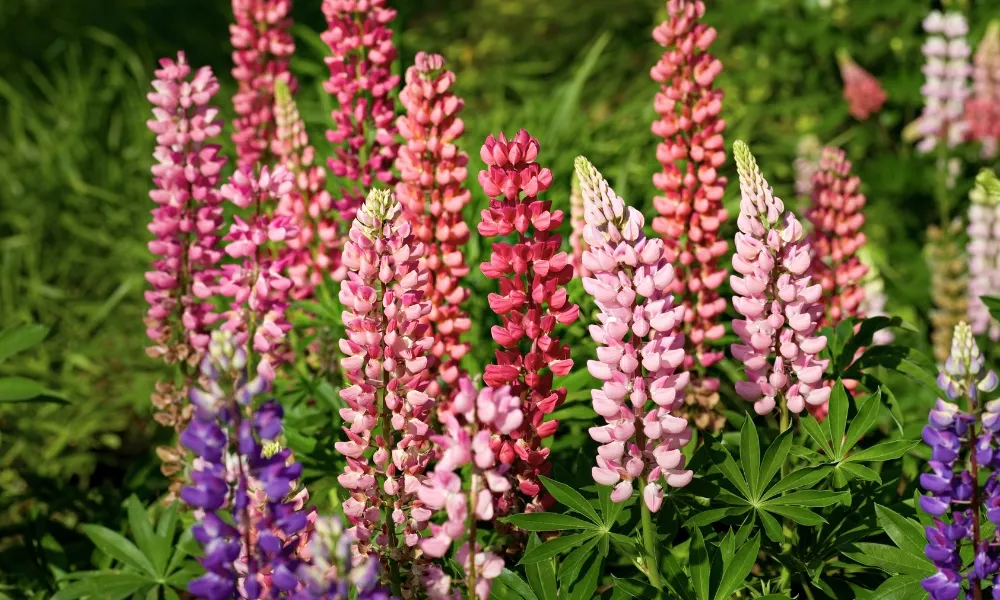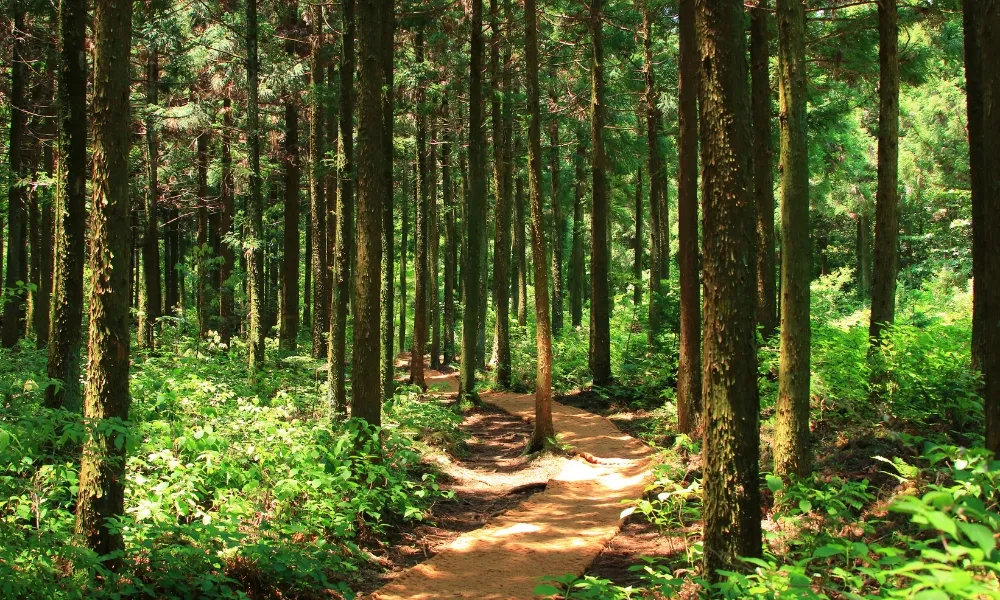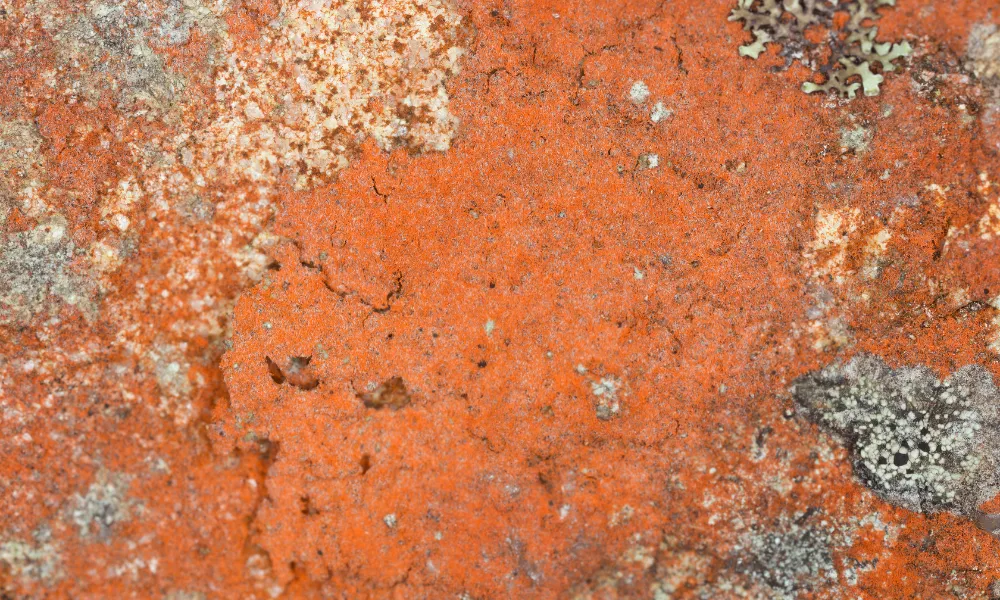
Unfortunately our summer was not as sunny as we might have hoped for. Due to this there has been a marked increase in the general 'dampness' of the country, especially here in Cavan! One of the major problems that this can cause is the increased blooming of algae. I have noticed that the main culprit in the county tends to be the red algae which can leave unsightly streaks on the external walls and gables of houses.
Red algae (trentefolia) is one of the most difficult algae to remove. It loves damp, mild and slightly windy weather which we have plenty of here! It protects itself with a biofilm which makes it nearly impossible to penetrate all of it. Even if the majority is removed, it spreads itself back quickly from the little that you might have missed.
You can not just paint over it either, if you do, the paint will not adhere properly and the algae will work its way through the job and you will be back to square one.
Methods of removal.
There are many ways to treat red algae with pro's and con's to each, here I will run through a few of them with tips on the best method for each surface.
Bleach- household bleach or dairy wash contains sodium hypochlorite (at different concentrations). This will remove some of the algae and bleach the algae but it is also highly corrosive and can damage or wear away the surface on which you are applying it. It can also be dangerous to the person applying it or any pets in the area if inhaled. It will also bleach clothing, I know I have had many clothes ruined from having it splash onto me while spraying down pebbledash! It is also not a long term solution as although it will bleach and remove the majority it won't get rid of all of it and it will come back the following year. It is more of a quick fix method and not a long term solution.
Builders Mate Algae Remover 5L - As with any problem it's sometimes best to go for something made specifically for the job. This is alcohol and salt based and contains no bleach. It is far more suitable for the removal than bleach and the end result will last a lot longer. As with the bleach it is still highly corrosive to us but it will be a lot more gentle on your stone work and you can even use it on wood. Once you have applied it, it will kill off the algae and leave it behind but you can then come along with a stiff brush and simply brush it off. This method works far better than the bleach which leaves the algae in situ to grow again.
HG Algae and Mould Remover 1l - This is much like the above mentioned, it contains ammonium and chloride salts. The great thing about these is that it will continue to work for months after you apply it. The smaller size means it is a handy one for smaller jobs such as gravestones or small patio areas.
So if you are being driven mad by unsightly red algae you can do a quick fix with household bleach or sort it with a more specific long term solution. Of course the best solution would be sunny and dry weather but I'm afraid we can't do anything about that!!




